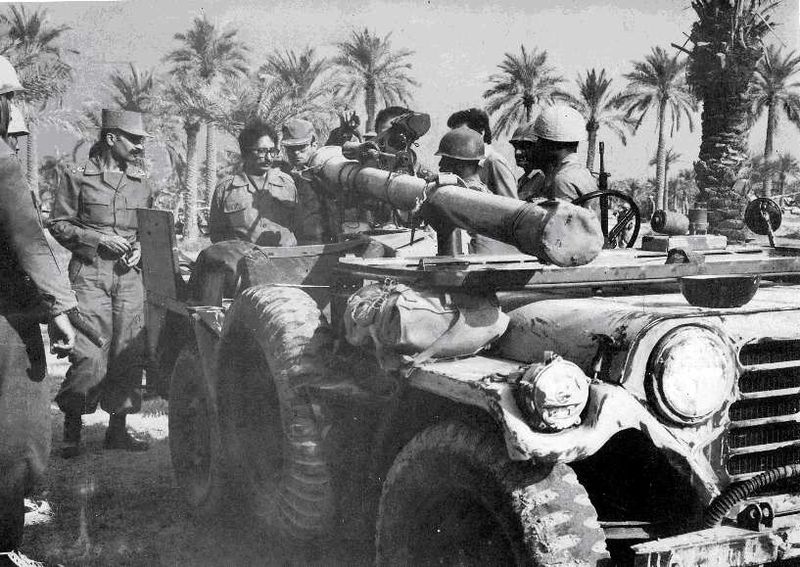The Iran-Iraq War, a significant eight-year conflict from 1980 to 1988, also known as the First Gulf War, was a pivotal event in the history of the Middle East. It was sparked by Iraq’s invasion of Iran, a move aimed at exploiting Iran’s post-revolution vulnerability, seizing its abundant resources, and gaining control of the Shatt al-Arab River. The war concluded on August 8th, 1988, following a UN-brokered ceasefire, with no clear victor but Iraq emerging as a formidable military force.
Facts:
- The Iran-Iraq war was also known as the First Gulf War.
- The war started in September 1980 till August 8th, 1988.
- The war was set in motion when Iraqi troops made a significant move, invading Iran and sparking the beginning of a long and devastating conflict.
- After eight years of bloodshed, a significant moment of relief came when both sides accepted the United Nations Security Council Resolution 598, marking the end of the conflict.
- One of the many reasons for the war included Iraq’s wish to replace Iran as a power country in the Persian region.
- During the war, over 100,000 civilians lost their lives. In addition, around 600,000 military personnel lost their lives in both camps.
- It is believed that Iran bore the brunt of the war, bearing the most casualties.
- Experts believe that both countries suffered losses totaling over 1 trillion dollars.
- Throughout the war, Iraq received substantial financial and military support from a coalition of nations, including the United States, the United Kingdom, France, the Soviet Union, Italy, and Yugoslavia. In contrast, Iran, while not enjoying the same level of support, still received aid from China, North Korea, Syria, Libya, Israel, Pakistan, and South Yemen.
- While Iran did not receive the same support as Iraq, it still got aid from China, North Korea, Syria, Libya, Israel, Pakistan, and South Yemen.
The Iran-Iraq War was marked by the use of brutal tactics, including trench warfare, barbed wire, and the deployment of chemical weapons and other weapons of mass destruction. These tactics, reminiscent of World War I, underscore the extreme nature of the conflict.

